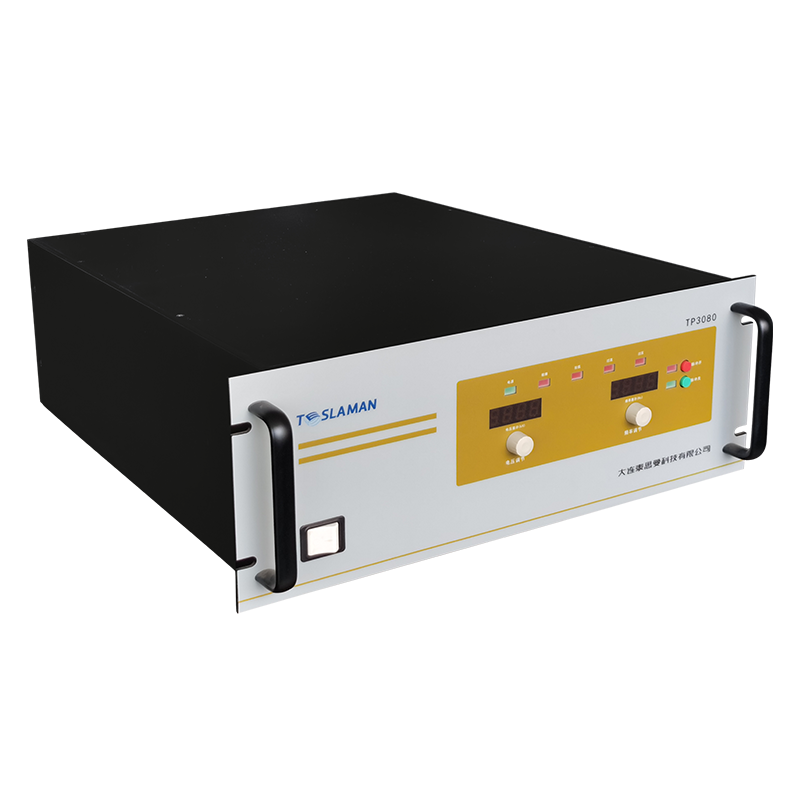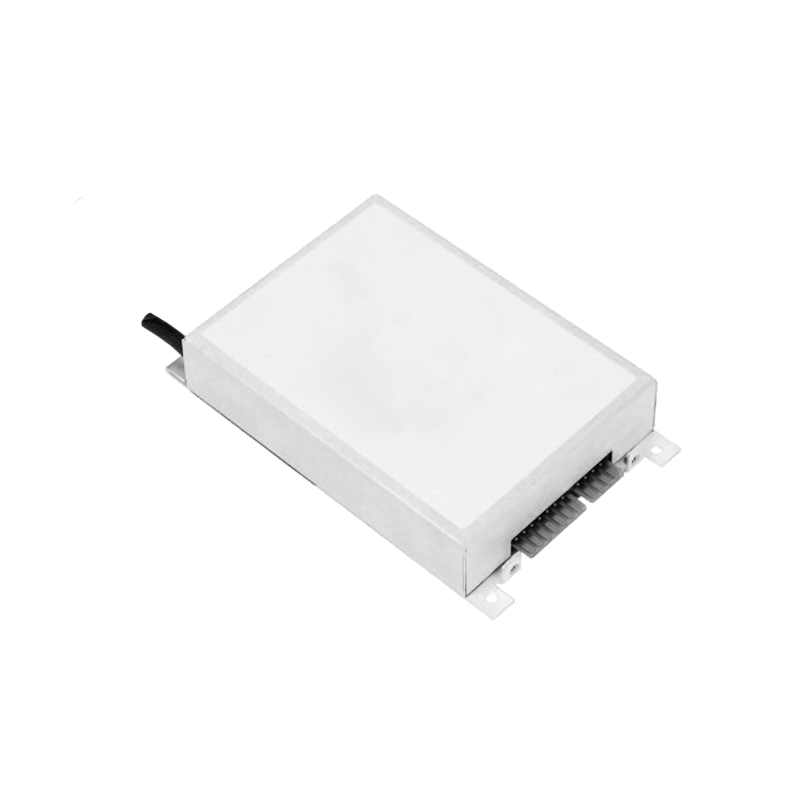Intelligent High-Voltage Power Supplies in Filling Quantity Inspection: Technological Innovation and Applications
In industries such as pharmaceuticals, food, and chemicals, filling quantity accuracy directly impacts product safety and production costs. Traditional filling equipment often suffers from deviations due to voltage fluctuations, environmental interference, or mechanical errors, leading to overfilling waste or underfilling defects. With the advancement of intelligent high-voltage power supply technologies, their application in filling quantity inspection has significantly enhanced accuracy and production efficiency through precision control, real-time monitoring, and intelligent decision-making.
1. Precision Control: Dynamic Regulation of Filling Volumes
The core of intelligent high-voltage power supplies lies in multi-stage collaborative control:
Multi-stage Filling Strategy: A coarse + fine dual-phase approach is adopted. The coarse phase rapidly fills containers to 90%-95% of the target volume, while the fine phase switches to low-speed micro-adjustment. Leveraging millisecond-level response (dynamic response up to microseconds), the power supply regulates pump valves to maintain filling errors within ±0.5%.
Environmental Dynamic Compensation: Integrated sensors (e.g., flow sensors, load cells) sample data at 500 Hz, combined with dynamic filtering algorithms to auto-correct deviations caused by temperature shifts, viscosity changes, or vibrations. For instance, ±0.1% stability is achievable in high-speed lines (≥120 bottles/minute).
2. Real-Time Monitoring and Intelligent Alerts: Preempting Quality Risks
The system employs multi-threshold judgment and closed-loop data feedback for end-to-end supervision:
Hierarchical Alerts: Customizable thresholds for upper/lower limits and fluctuation ranges trigger tiered responses:
Level 1 (audible/visual alerts): Minor deviations (e.g., ±1%) are logged;
Level 2 (process pause): Continuous anomalies halt operations for manual intervention;
Level 3 (automatic rejection): Severe errors activate robotic arms to remove defective products.
Predictive Diagnostics: Self-diagnosis systems monitor insulation status, component lifespan, and output stability. For example, current fluctuation analysis can preempt failures in pumps or power modules, reducing unplanned downtime.
3. System Integration and Data-Driven Optimization
Intelligent power supplies extend value through cross-system synergy and data utilization:
IIoT Integration: Connectivity via OPC UA or Modbus with MES enables remote parameter adjustment, filling curve optimization, and energy management. Operators monitor real-time metrics (e.g., volume distribution, device status) from central interfaces.
Historical Data Analytics: Automated recording of filling volumes, environmental parameters, and fault codes supports machine learning-driven batch quality reports and maintenance suggestions. Long-term analysis reveals correlations between voltage stability and filling accuracy, enabling proactive optimization.
4. Future Prospects and Challenges
Current applications span vaccine ampoules and high-value cosmetics. Future directions include:
Adaptive Algorithms: Compatibility with diverse materials (e.g., high-viscosity creams vs. low-viscosity liquids);
Edge Computing: Lightweight AI models for millisecond anomaly detection, minimizing cloud latency.
Challenges persist in sensor stability under extreme conditions (e.g., -30°C cold-chain filling) and suppressing multi-physics (e.g., electromagnetic-thermal) interference.
Conclusion
Intelligent high-voltage power supplies transform filling quantity inspection from passive correction to active prevention. Their precision control and predictive capabilities not only ensure compliance but also advance flexible manufacturing and digital factories. As edge computing and adaptive algorithms evolve, this technology will solidify its role as the core controller of smart production lines, driving quality control innovation in high-end manufacturing.




















